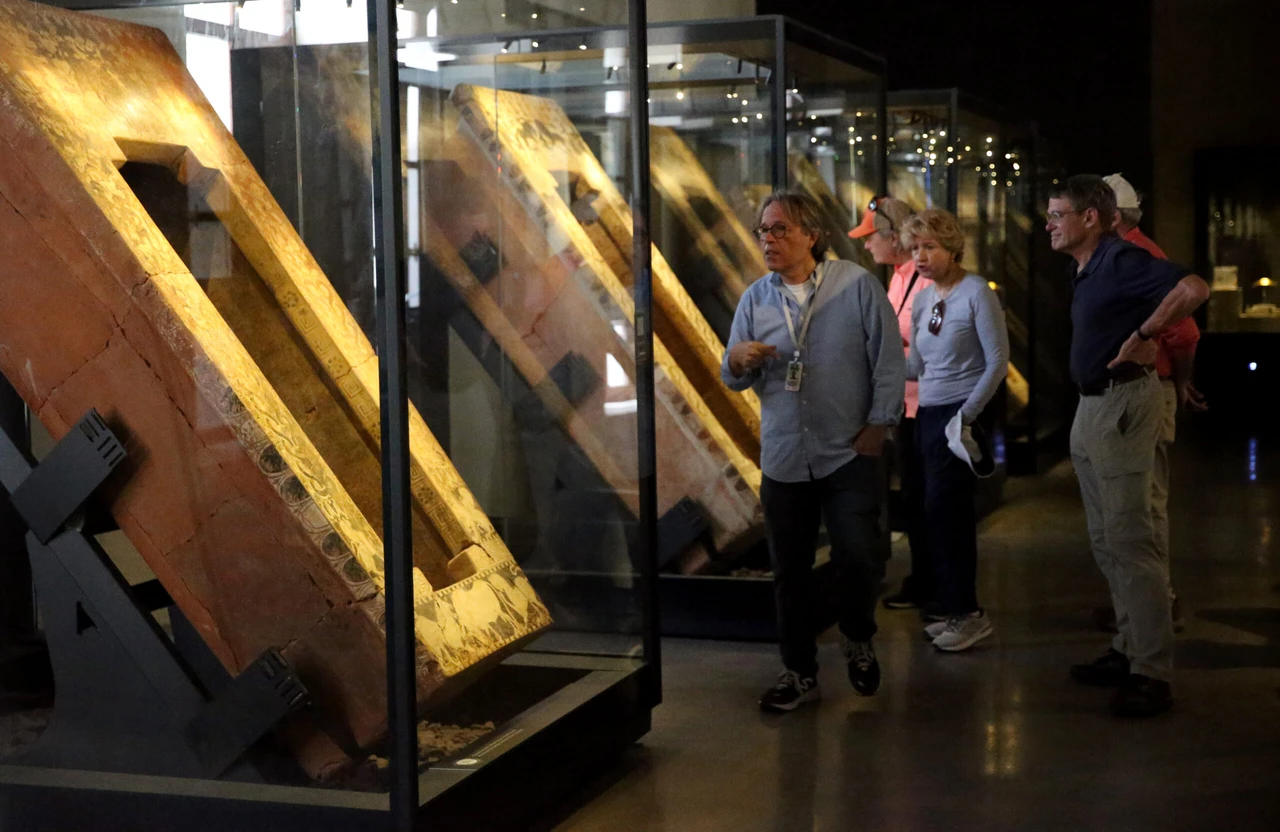Ancient handprints offer glimpse into life in Türkiye’s past
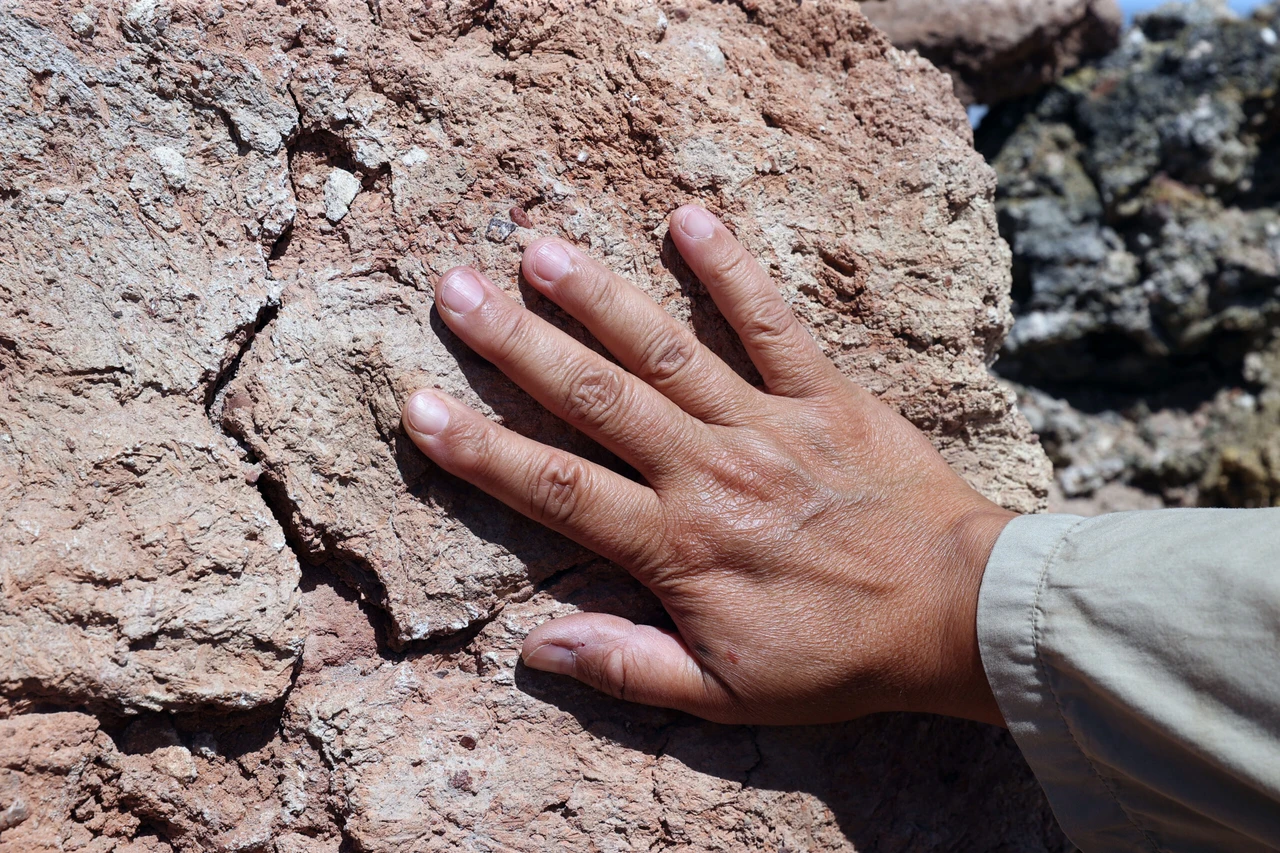 Excavations in the Hittite city of Kayalipinar, formerly known as “Samuha”, located in Yildizeli district of Sivas province, yielded traces of hand printing and plastering, which are estimated to be 3,900 years old, Türkiye, September 16, 2024 (AA Photo)
Excavations in the Hittite city of Kayalipinar, formerly known as “Samuha”, located in Yildizeli district of Sivas province, yielded traces of hand printing and plastering, which are estimated to be 3,900 years old, Türkiye, September 16, 2024 (AA Photo)
During ongoing excavations in the ancient Hittite city of Kayalipinar, located in the Yildizeli district of Sivas, archaeologists uncovered 3,900-year-old handprints and plaster marks believed to date back to the Assyrian trade colonies period. These findings are considered unique in Türkiye, offering visitors a rare chance to see handprints left by individuals nearly four millennia ago.
The excavations, initially launched in 2005 under the supervision of Vuslat Muller Karpe from Marburg Philipps University, have been carried out by the Sivas Museum Directorate and are currently led by associate professor Cigdem Maner from Koc University. The team has unearthed significant artifacts from various historical periods, including the Hittite, Roman, Byzantine, and early Christian eras. This year’s discovery of the ancient handprints is one of the most exciting finds.
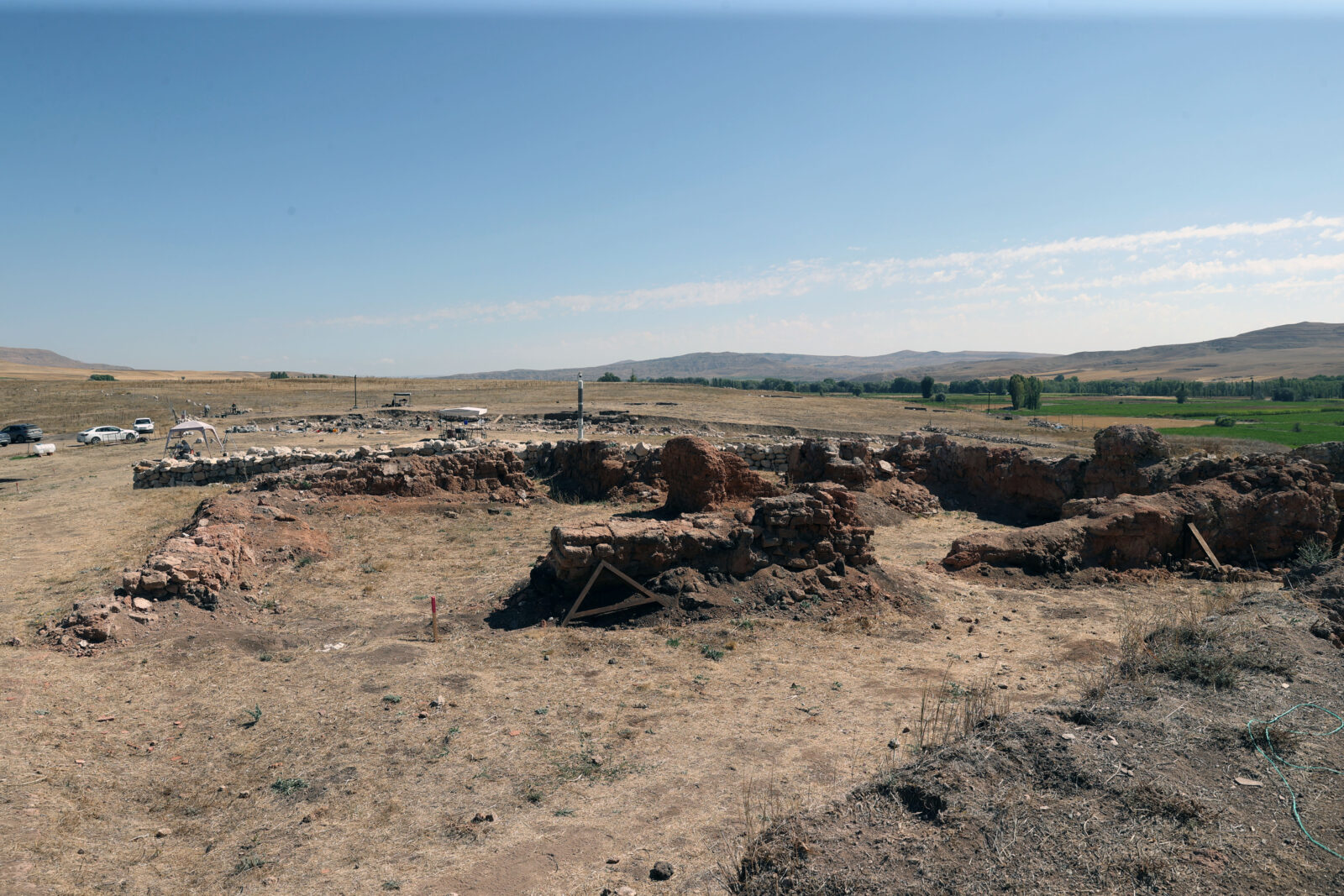
Unique discovery in Türkiye
Maner, head of the excavation team, emphasized the significance of the discovery, stating, “These handprints are the only ones of their kind from this period in Türkiye. Visitors can now see the handprints of people who lived here 3,900 years ago. We’ve found eight distinct handprints and plaster marks.”
The handprints were discovered on the walls of structures from the Assyrian trade colony period. According to Maner, a team from Ankara University’s Institute of Nuclear Sciences had been working on dating mudbricks in the area when the handprints were uncovered.
“As the sun hit the corner of the walls, we noticed the handprints. It was a thrilling moment,” she recalled. The team, including expert restorers Aleyna Yasar and Ayla Gul, then began carefully documenting and reconstructing the plaster marks.
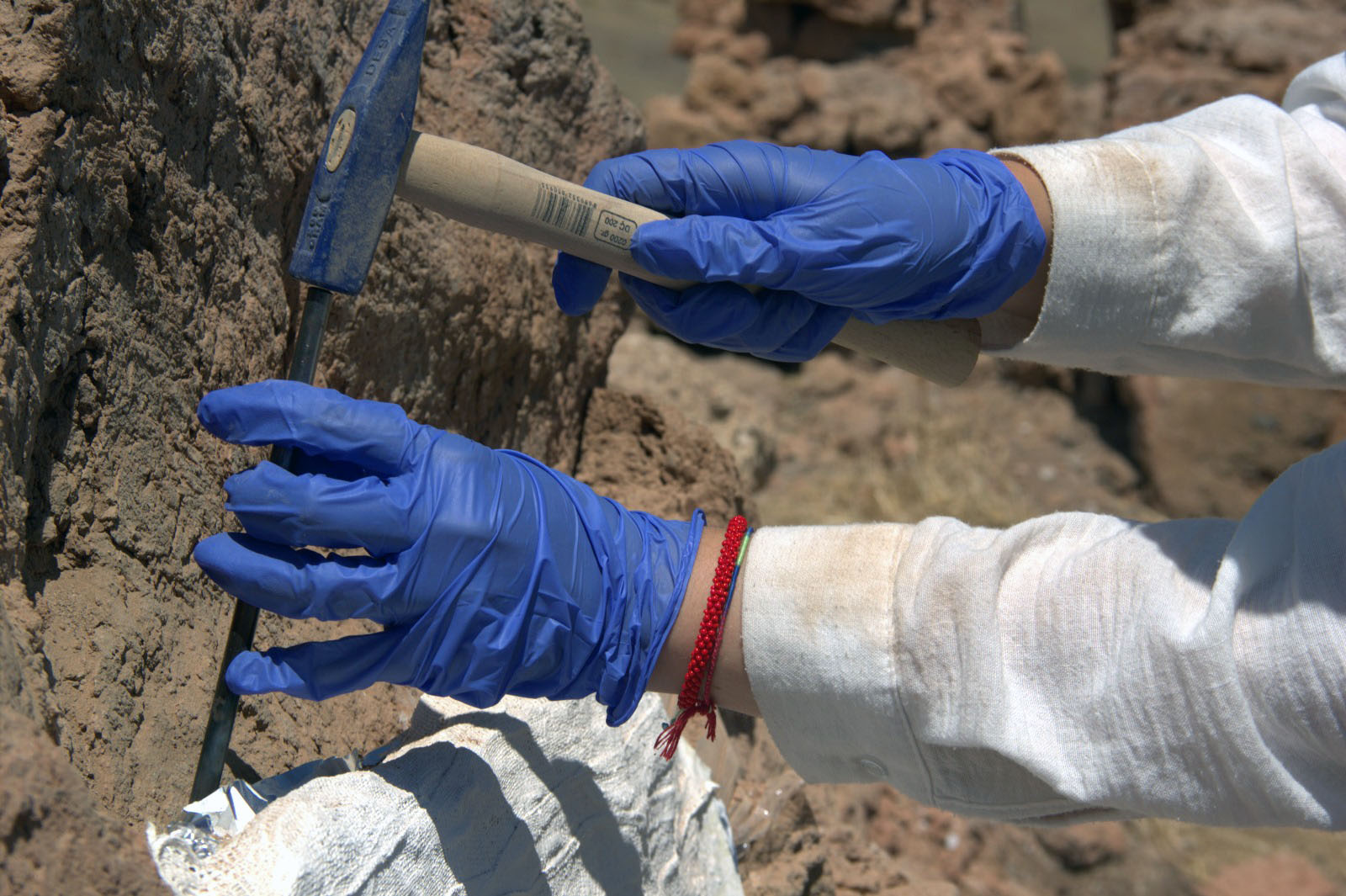
Reconstructing ancient techniques
Maner noted that the plastering techniques from this period closely resemble modern methods. “These findings are incredibly exciting because the Assyrian trade colony period is rare in Türkiye, with fewer than 10 excavations revealing such artifacts. We’ve been able to reconstruct the plastering techniques used at the time, and it’s fascinating to see that the methods have remained largely unchanged.”
The plaster marks and handprints have been carefully preserved, with most transferred to a museum for exhibition. Some of the prints were consolidated at the site to allow visitors to observe them in person. Maner also highlighted the historical significance of the plaster layers, which provide important insights into ancient architectural techniques.
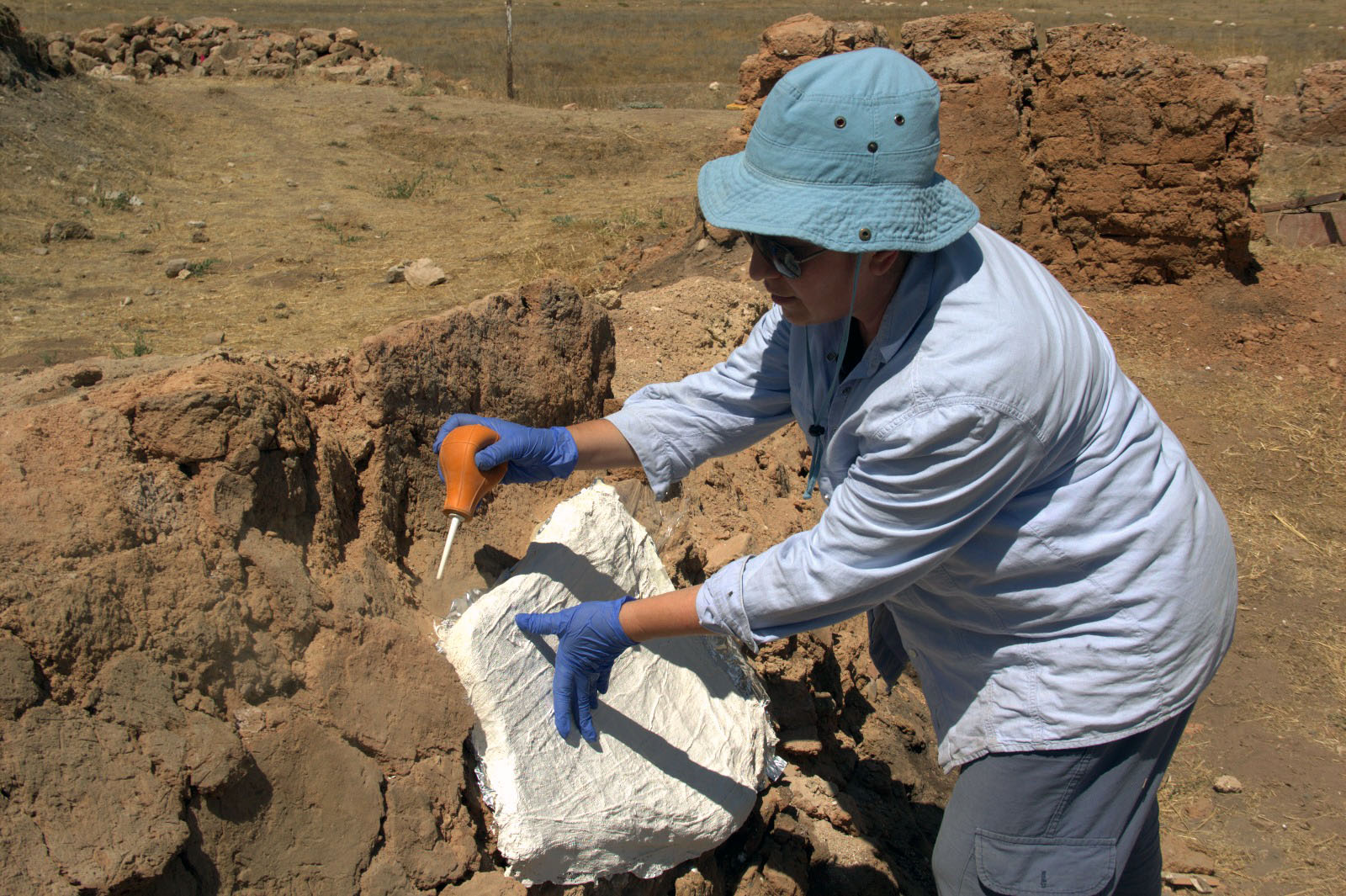
Ancient handprints and architectural insights
The discovery of these ancient handprints sheds light on the daily lives and construction practices of people from nearly 4,000 years ago. “The handprints tell us a lot about how these structures were built,” Maner explained. “For instance, we found that the plaster was applied in multiple layers, much like modern plastering techniques. In addition, after removing one layer of plaster, we discovered another set of handprints beneath it.”
The handprints, likely used for good luck, protection from the evil eye, or as family symbols, have a long history in Anatolia, dating back to the Neolithic period. Maner added that lime was used in these ancient homes, possibly to prevent insects and scorpions from entering, similar to modern practices.
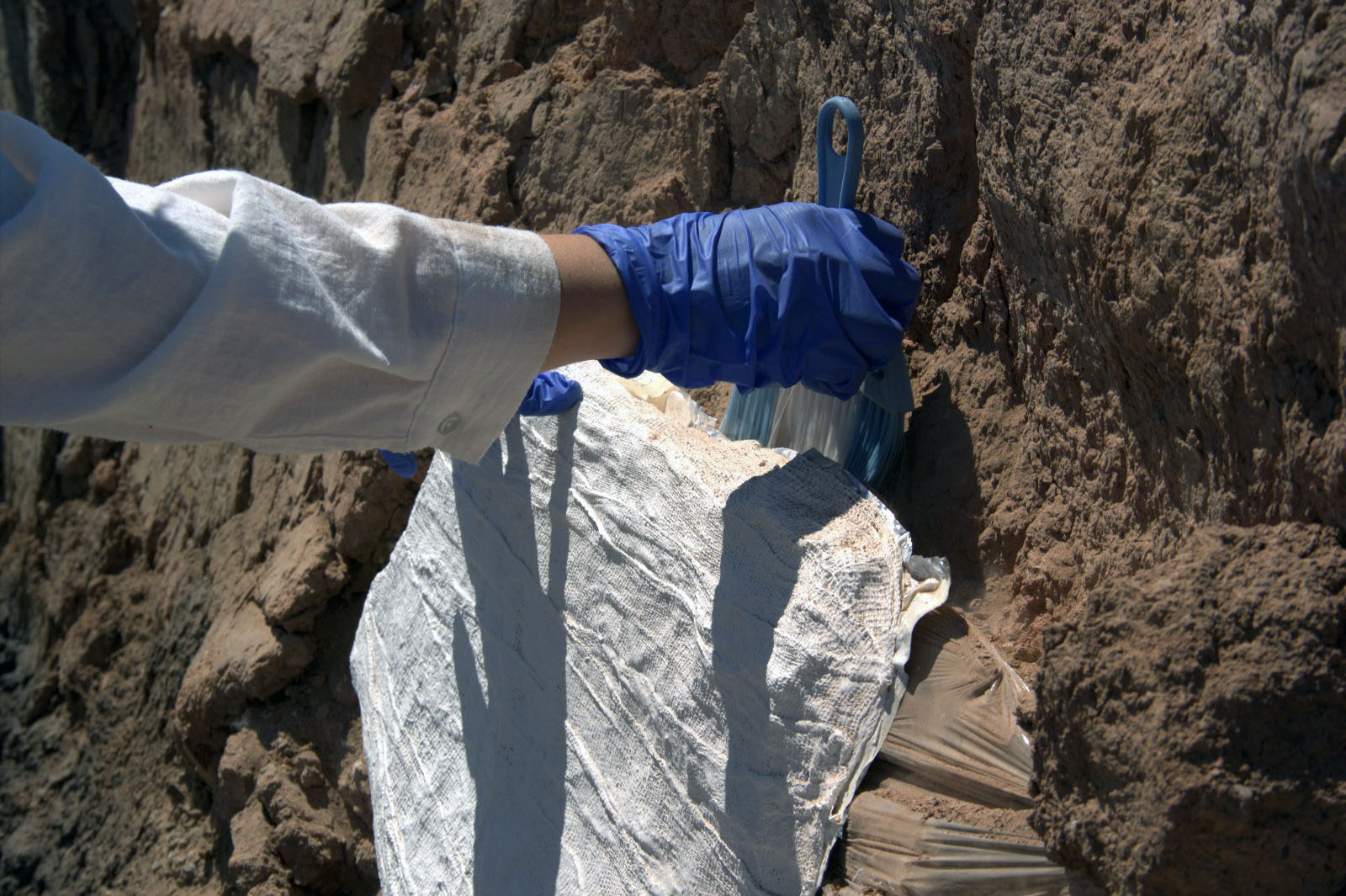
Glimpse into past
Restorer Aleyna Yasar, part of the excavation team, provided further details about the handprints. “We initially planned to consolidate and remove the prints, which we found on the southern and eastern walls. The plaster marks show the imprint of a person’s hand spreading during the application process. Judging by the size of the handprints, we believe they belonged to a man.”
Kayalipinar, historically known as Samuha, was a hub of trade and wealth during the Assyrian trade colony period, connected to other significant centers such as Kultepe, Hattusa, and Acem Hoyuk. These findings offer valuable insights into the lives of the people who once lived there and contribute greatly to Türkiye’s cultural heritage.
This groundbreaking discovery of 3,900-year-old handprints in Kayalipinar sheds light on ancient construction techniques and the daily lives of people during the Assyrian trade colony period.
